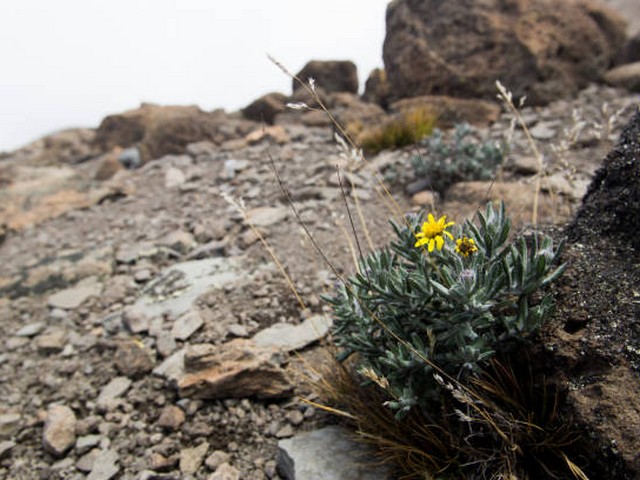Learning About Chagga Culture On Kilimanjaro Trek
Discover the Heartbeat of Kilimanjaro Through the Eyes of the Chagga People
As you lace up your hiking boots, ready to conquer the towering heights of Mount Kilimanjaro, imagine enriching your adventure by immersing yourself in the vibrant culture of the Chagga people. At the Kilimanjaro Centre for Trekking and Ecotourism (KCTE), we believe that climbing Kilimanjaro is not just about reaching the summit; it’s about understanding the soul of the mountain and the people who call it home. Join us on a journey that weaves the thrill of trekking with a deep dive into the rich heritage of the Chagga culture.
Why Learn About Chagga Culture?
Mount Kilimanjaro is more than just a mountain; it’s a cultural landmark steeped in the traditions and history of the Chagga people. As one of the largest ethnic groups in Tanzania, the Chagga have a unique relationship with Kilimanjaro, having farmed its fertile volcanic soils for centuries. Learning about Chagga culture adds an invaluable layer to your trekking experience, transforming your climb into a journey through time and tradition.
The Historical Roots of Chagga Culture
Understanding Chagga Origins and Settlements
The Chagga people’s history is as rich as the mountain’s biodiversity. Originating from the Bantu tribes, they settled around the slopes of Kilimanjaro hundreds of years ago. Through generations, they have mastered the art of cultivating the lush lands, utilizing intricate irrigation systems and terracing techniques that are a marvel of indigenous engineering.
The Chagga Kingdoms and Their Legacy
Historically, the Chagga lived in small, autonomous kingdoms, each ruled by a Mangi or chief. These kingdoms were united by language and customs, yet each had its unique identity. The intricate history of alliances and conflicts among the kingdoms offers a fascinating glimpse into the socio-political landscape of pre-colonial Tanzania.
Chagga Culture and Kilimanjaro Trekking
Cultural Practices and Their Influence on Trekking
As you embark on your Kilimanjaro trek with KCTE, you will notice the Chagga influence in every step. From the traditional foods that fuel your climb to the ancient paths crisscrossing the mountain, which were once used by Chagga warriors and traders. Our guides, many of whom are Chagga descendants, offer stories and insights that enrich the trekking experience, connecting you to the mountain in a way that goes beyond the physical climb.
Music and Dance: A Rhythmic Celebration
Experience the heart-pumping, joyful expressions of Chagga music and dance. These artistic forms are an integral part of Chagga culture, celebrating everything from daily life and seasonal cycles to significant life events. Join in the dance and feel the spirit of Kilimanjaro invigorating your soul!
Sustainable Tourism and Supporting Chagga Communities
At KCTE, we are deeply committed to sustainable tourism practices that benefit both the environment and local communities. By choosing to learn about Chagga culture and book your trek with KCTE, you are directly supporting the preservation of cultural heritage and contributing to the economic welfare of local Chagga families.
How KCTE Facilitates Cultural Learning
Cultural Tours and Homestays
We offer special cultural tours and homestays as part of our trekking packages, where you can stay with a Chagga family, participate in daily activities, and learn about their traditions and way of life. This immersive experience is not just educational; it’s a unique opportunity to form lasting bonds and memories.
Expert Guides and Storytellers
Our guides are not only trekking experts but also seasoned storytellers, eager to share their knowledge of Chagga lore and history. Their narratives bring the landscape to life, turning every rock and tree into a testament to Chagga endurance and creativity.
Preparing for Your Cultural Trek
What to Bring
While preparing for your trek, remember to pack not only for the physical journey but for the cultural adventure as well. Bring an open heart, a curious mind, and respect for the traditions and customs you will encounter. Practical items like a good camera, notebook, and pen will help you capture and record this enriching experience.
Respectful Engagement
It’s crucial to approach cultural interactions with respect and sensitivity. Always ask for permission before taking photographs, and show appreciation for the hospitality and knowledge shared by your hosts.
Join Us on a Cultural Trekking Adventure!
Are you ready to explore Kilimanjaro in a way that challenges both your body and enriches your spirit? Book your climbing adventure with Kilimanjaro Centre for Trekking and Ecotourism (KCTE) and prepare for an unforgettable journey into the heart of Chagga culture. Together, we’ll discover the true essence of Kilimanjaro, not just as a mountain but as a living, breathing cultural landscape.
Frequently Asked Questions
Q: How difficult is the trek, and can beginners participate?
A: Kilimanjaro offers various routes with different difficulty levels. We cater to all experience levels, and our guides ensure a safe and enjoyable trek for everyone, including beginners.
Q: What is the best time of year to go on a cultural trek?
A: The best times to trek Kilimanjaro are during the dry seasons, from June to October and from December to March. These periods offer clearer paths and better visibility for both trekking and cultural activities.
Q: Are there any age restrictions for participating in the cultural trek?
A: There are no specific age restrictions; however, we recommend that all trekkers be in good physical health. We also offer tailored treks that consider the needs of younger adventurers and older participants.
Book your journey today with KCTE and step into a world where every step tells a story, and every peak offers a new perspective. Explore, learn, and be inspired.




